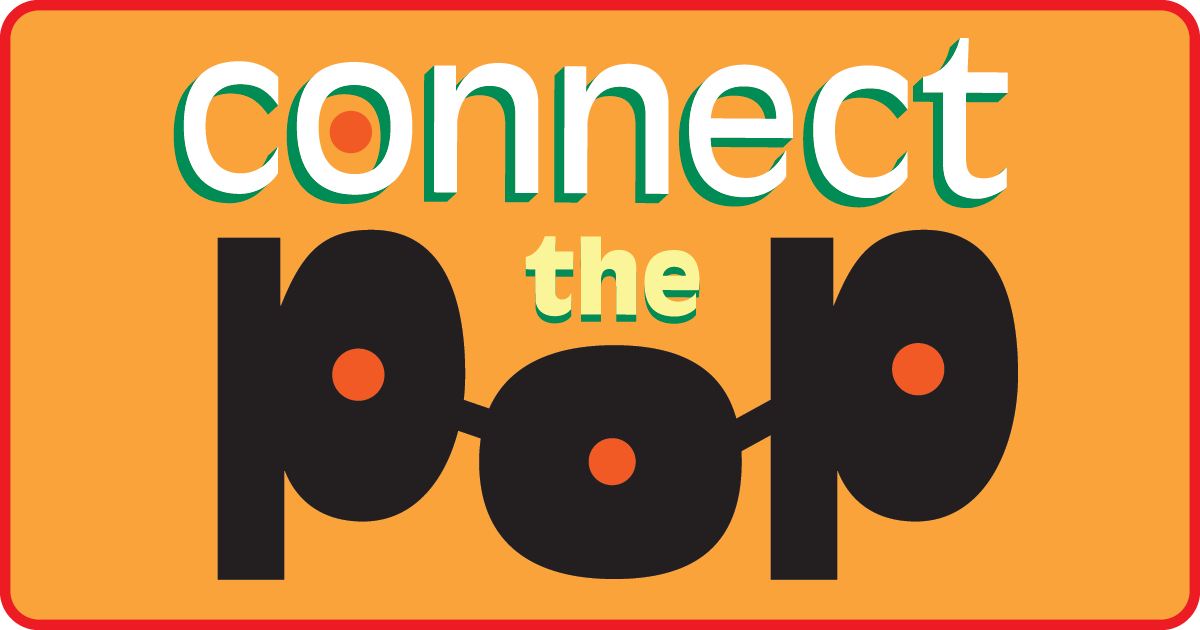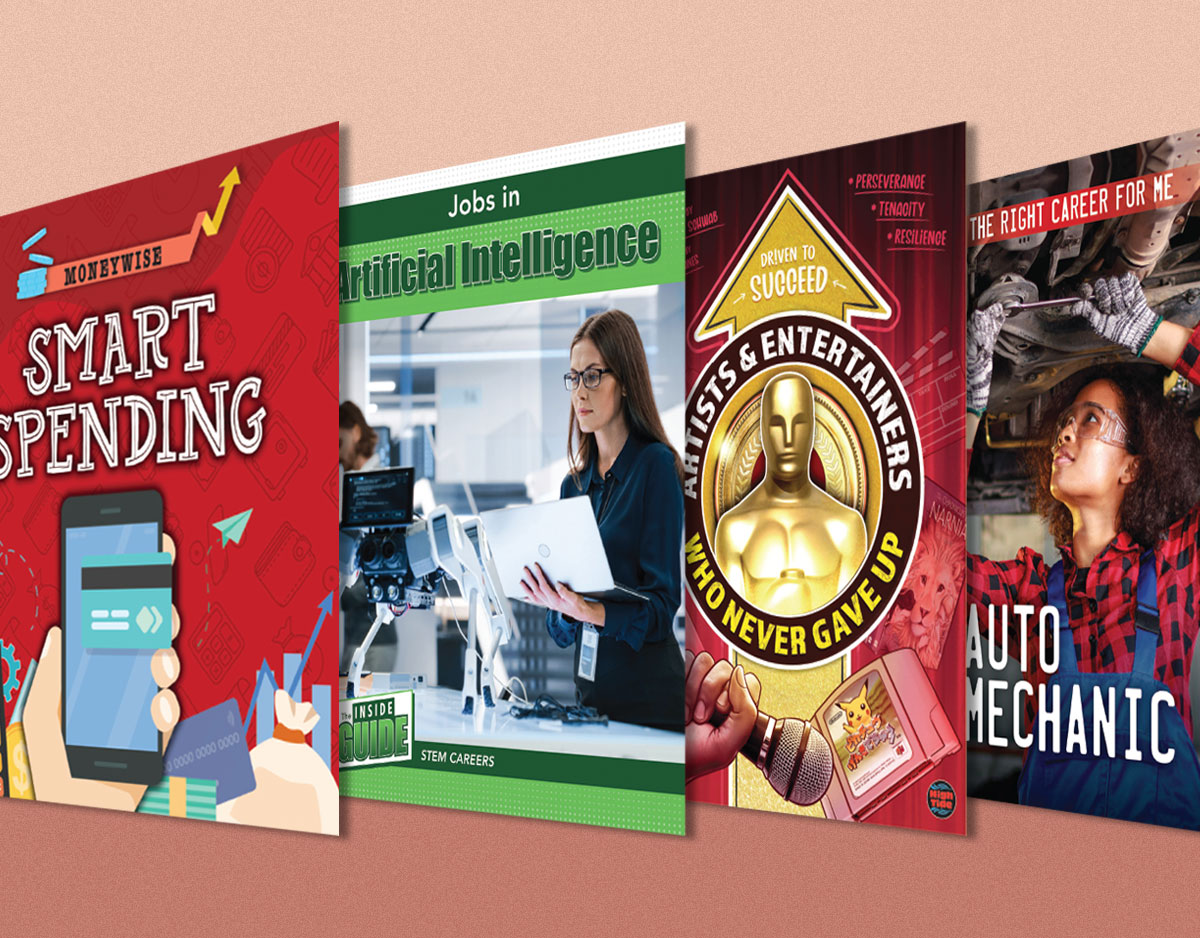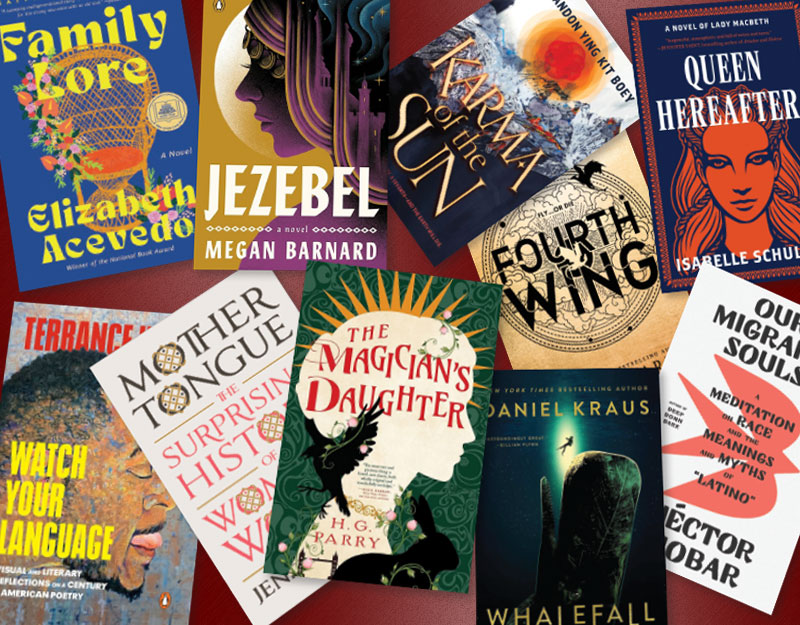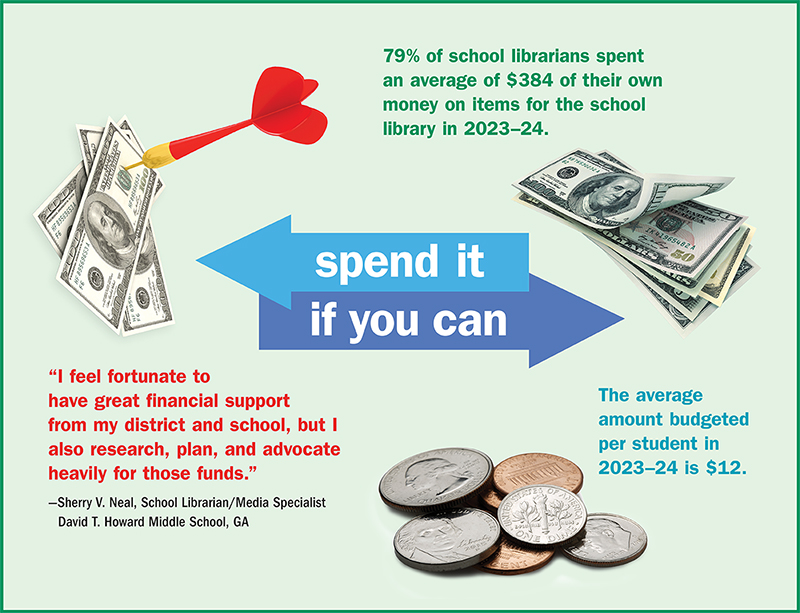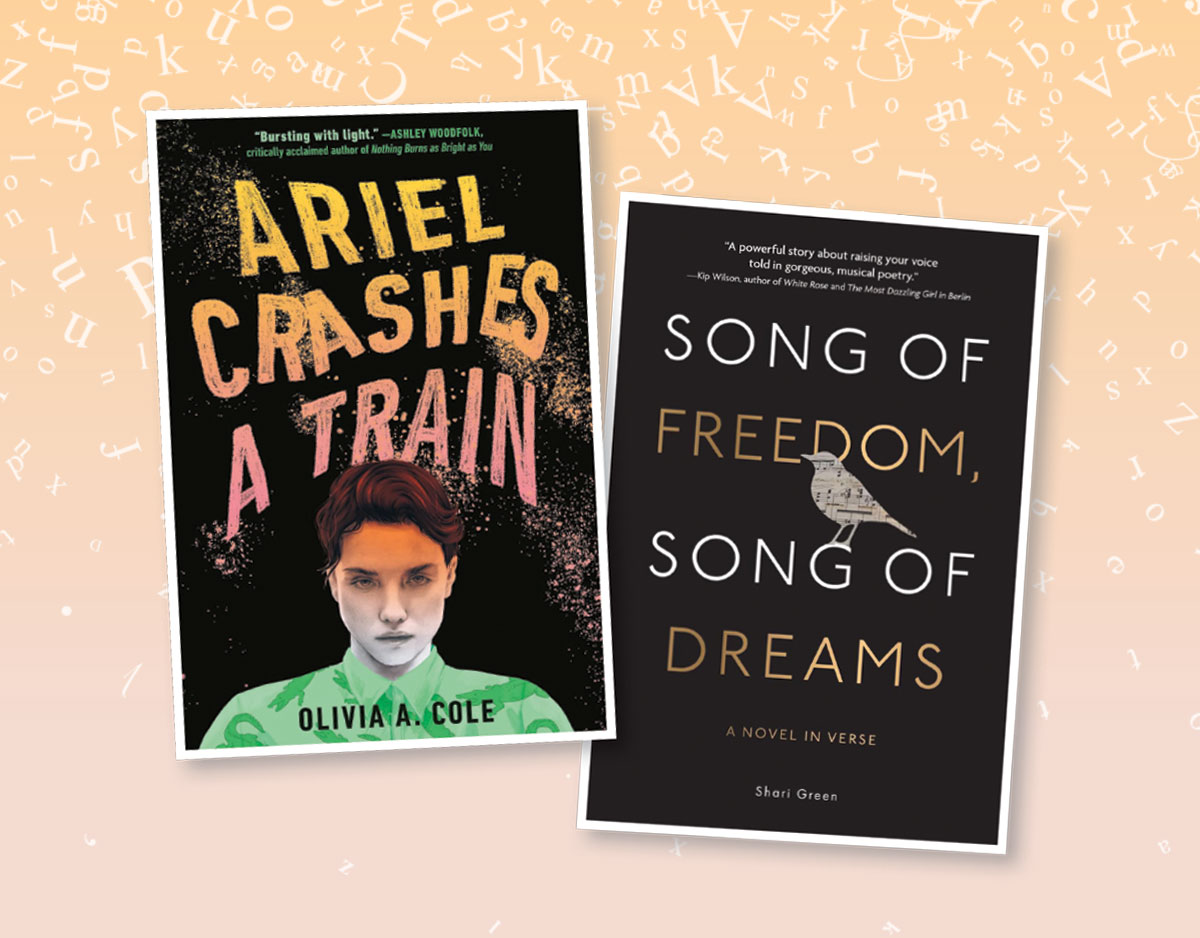SCROLL DOWN TO READ THE POST
Watch These Movies About Fandom Instead of “Comic-Con Episode IV”
I thought I’d write this post to provide an answer to those who are always asking me, “Peter, what are your favorite movies about fandom?”
Okay, so that’s not true. In fact, no one has ever asked me this question.
BUT… Because people do sometimes ask me just what exactly “fandom” is, or why I find it such a compelling subject, I thought I’d offer this quick guide. Yes, these are some very fun flicks, but they also happen to be instructive…although of course they’re really not trying to be.
So sure, go ahead and check out Morgan Spurlock’s Comic-Con Episode IV: A Fan’s Hope in theaters or via VOD. But know that there are alternatives out there—films that are just as funny and often far more insightful about the fan mindset in this day and age.
ADVERTISEMENT
ADVERTISEMENT
***
Comic Book: The Movie (2004)
Mark Hamill, whom one would think knows a little something about fandom, has made the definitive movie about comics fandom and one of the great fan-centered movies about any medium. Playing a BNF (“Big Name Fan”) who is disheartened about a glossy, violent Hollywood flick based upon a beloved old-time superhero (just the sort of thing that would upset a true fan!), Hamill goes to San Diego Comic-Con and stirs up some trouble—and plenty of smiles from us. (Check out the clip below, in which TPTB try to appease him, a stark example of the co-opting of fandom… and a topic never raised by Spurlock’s film.)
This note-perfect mock-doc benefits from appearances from some of the same geek celebrities featured Comic-Con Episode IV: A Fan’s Hopes, i.e., Stan Lee and Kevin Smith play themselves yet relate to Hamill in his fictional context. For those looking for an all-out satire of the comics or film industries, you’d best search elsewhere. However, for a smart, insider’s take on pop culture fandom itself, it’s hard to do better than Comic Book: The Movie.
By the way, you can watch the entire movie with Hulu Premium. [Oh, and an update from reader Ben in the comments–it’s also available on Netflix Instant, as of April 8, 2012.] Here’s a taste:

Train Man (2005)
Although, like the manga and TV series that share the same source material, Train Man (Densha Otoko) is based upon a true story, this geek-centered romance is not particularly notable for its detailed realism. Rather, it illuminates the workings of the otaku world in broad, bold terms. (Not familiar with the word? The otaku culture on display in Train Man focuses on gamers, but the term can also comprise “obsessive” manga and anime fans.) A lot deeper and more complex than its ostensibly rom-com plot might suggest, the film is instructive in how it illustrates, among other things, the nature of “collective intelligence,” a hallmark of fandom’s participatory ethos: when the protagonist needs courtship advice, he turns to the same online community that might counsel him on computer and video game issues. While one might argue that Train Man perpetuates certain nerdy stereotypes, it’s hard to ignore the validation it has received from the same target audience that it portrays—all versions of this story, including stage plays and books, have been big hits in Japan. (Incidentally, Train Man is a solid “all-ages” title that might make it a great option for a library screening or purchase.)
Best Worst Movie (2009)
At once the funniest, most heartfelt, and arguably the most sophisticated doc about fandom you’re likely to encounter. The beauty of Michael Stephenson’s film is that it traces how the fandom that sprung up around 1990’s Troll 2 did so organically (i.e., with no top-down corporate seeding) while also demonstrating how the essence of fandom today is participation (check out the Rocky Horror-style audience reenactments). As Pauline Kael insightfully remarked in Trash, Art, & The Movies (1969):
“The romance of movies is not just in those stories and those people on the screen but in the adolescent dream of meeting others who feel as you do about what you’ve seen. You do meet them, of course, and you know each other at once because you talk less about good movies than about what you love in bad movies.”
Well, Troll 2 packs in more sheer badness than several dozen run-of-the-mill abysmal movies—and therefore provides enough fodder to launch thousands of conversations. The most touching part of Best Worst Movie involves everyday people such as dentist George Hardy becoming celebrities within fandom… although things turn sad-funny when Hardy realizes that his notoriety doesn’t really translate too well in his attempted shift into movie fandom more generally. Of course the downside of Best Worst Movie—or upside, depending on your viewpoint—is that to appreciate it most fully you’ll need to screen Troll 2 first.
Trekkies (1997)/How William Shatner Changed the World (2005)
Trekkies sets itself up as the definitive chronicle of Star Trek fans, a group that arguably constitutes the most influential, template-creating organized fandom ever. To some extent the film succeeds, but there are some important problems. Distributed by Paramount, Trek’s rights holder, the doc sometimes comes across as a self-celebrating mash letter to the franchise itself, with its entire fandom merely serving a supporting role; the presence of Next Gen cast member Denise Crosby as our onscreen guide heightens the feeling. Still, in showing how Trek inspires teens to undertake challenging intellectual and creative projects, and thereby prompting them to self-teach themselves a range of skills (e.g., costume design/fabrication), Trekkies should definitely be of interest to librarians: it’s the old strategy of leveraging fandom to encourage tangential reading and goose circulation in unexpected subject areas. However, a large portion of Trekkies’ runtime is devoted to folks such as a dentist (what is it with these dentists?) who has his office decked out like The Enterprise and makes his support staff dress up like crew members. In this respect, the film’s attitude is less “Let’s explore fans’ creative responses to pop culture” and more, “Hey, get a load of these kooky fans.”
ADVERTISEMENT
ADVERTISEMENT
To compensate for this tendency to gawk, I’d like to suggest a complementary doc—How William Shatner Changed The World. Originally airing on TV (and eventually nominated for a couple of Emmies), this, too, is self-serving but refreshingly it announces this intention with the title alone, and generally doesn’t take itself so seriously—a strategy that’s quite disarming, given how serious much of the content in fact is. To be sure, How William Shatner Changed the World isn’t really about fandom per se, but it nails the elusive yet all-important notion of how pop culture can inspire pursuits outside of the humanities—again, a key idea for librarians to keep in mind. Interviews with former fans who became eminent tech innovators and scientists reveal the far-reaching influence of a transmedia juggernaut that shows no signs of slowing down.

Kisaragi (2007)
Not just a great movie about fandom, but a great movie, period. Nominated for multiple Japanese Academy Awards, Kisaragi chooses as its setting an intimate memorial gathering for a not-very-famous model/singer. What’s so wonderful about this premise is that instead of spotlighting a celebrity, it focuses on the fans who show up to mourn for one. Soon, however, the facts of the death are called into question, and suddenly everyone is a suspect. Beautifully combining the comedy and whodunit genres, Kisaragi effortlessly dramatizes how fans express their fannishness in different ways, how they bond, and how they can turn on each other despite, or because of, the deep affinity that they share for the same element of pop culture.
Big Fan (2009)
While definitely not kid-friendly, this sharp, incisive dark comedy captures both the passion of the über-fan and a lot of telling details that relate to the interplay between fandom and media. Patton Oswalt plays a New York Giants fan who has an unfortunate encounter with one of his idols and then faces a moral conundrum. Why is this movie, about sports, on this list? Well, first because it is about sports, which is an all-too-often overlooked yet hugely important part of fandom in our culture. “But sports aren’t about intellectual/artistic expression,” you protest. (Okay, maybe not you—maybe it’s the straw man sitting next to you.) That brings us to my second rationale for including Big Fan, one that’s probably more relevant to educators. Take a look at all the fan-driven communicative practices in this movie. Oswalt calls in regularly to a sports radio talk show, often engaging fans of rival teams in point-for-point debate—that’s “speaking-and-listening” skills (and of pretty high order) right there. Even more interesting, he composes all his on-air diatribes before picking up the phone—so you’ve got writing covered as well. In short, if you’re looking for ways to leverage fandom with all your students, look no further. Nearly all young people have a public entity or entertainment figure/franchise that they care deeply about; the trick is to first uncover, and then support, the learning that can occur around this topic.
***
Oh, and of course there are additional titles that could be included to such a list. In fact, if you’ve got your own recs, please add them to the comments. (Or if you’re shy, find and message me on Twitter: @Peter_Gutierrez) Thanks!
Filed under: Comics, English, Fandom, Movies, Science/Math
About Peter Gutierrez
A former middle school teacher, Peter Gutierrez has spent the past 20 years developing curriculum as well as working in, and writing about, various branches of pop culture. You can sample way too many of his thoughts about media and media literacy via Twitter: @Peter_Gutierrez
ADVERTISEMENT
SLJ Blog Network
Name That LEGO Book Cover! (#53)
Cover Reveal and Q&A: The One and Only Googoosh with Azadeh Westergaard
Exclusive: Vol. 2 of The Weirn Books Is Coming in October | News
Take Five: Middle Grade Anthologies and Short Story Collections
The Classroom Bookshelf is Moving
ADVERTISEMENT
ADVERTISEMENT

